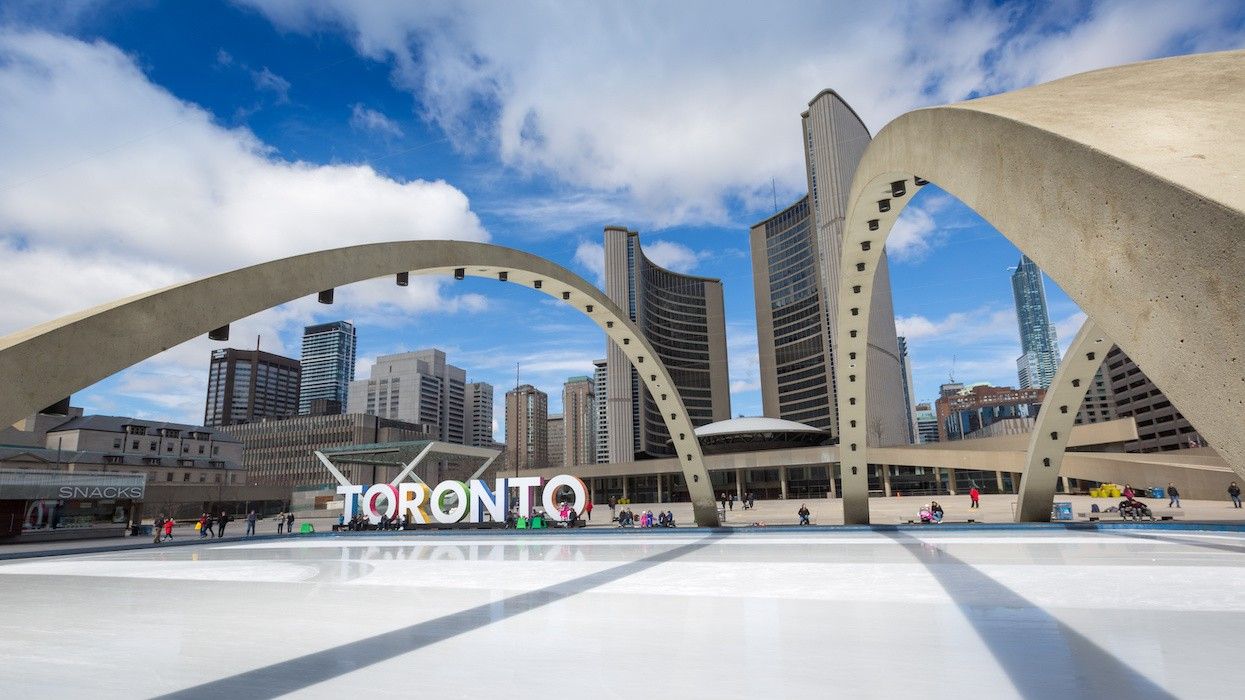Toronto City Council met on Wednesday and Thursday this week and there were a laundry list of items on their docket. Chief among them were a handful of transit- and affordable housing-related matters — which, of course, continue to be hot-button issues as Toronto grapples with its growing population.
Here are the highlights:
A New Parking-To-Homes Initiative:
Council opted to adopt the framework for a “parking-to-homes” initiative this week, which is the City’s latest attempt to slot more housing into existing neighbourhoods and bolster its affordable house stock, all while better utilizing publicly-owned land.
The move hinges on a report from Deputy City Manager of Corporate Services David Jollimore, which indicates that there are around 130 public parking lots with official plan designations that would support housing or mixed-use development at some scale. Of those, 74 are located in Major Transit Station Areas, said Jollimore, and it’s those sites that he's recommending the City hone in on for immediate housing development.
Of course, the usability of those sites is still “subject to due diligence”; Council has requested that city staff comprise a list of lots being considered for development, alongside “the annual revenues and losses associated with each parking lot,” “any long term impact on City revenues,” and “the cost to replace any parking in new developments.”
Council has also indicated that the Toronto Parking Authority property at 596-598 Gerrard East “be included as a top priority for redevelopment for affordable housing by the City,” and is directing that “any current development planning underway or contemplated on a Toronto Parking Authority lot be required to include affordable housing.” Council is due to revisit the matter in the fourth quarter of this year.
A Linear Park On The Site Of The Scarborough RT:
The City of Toronto has been eying the now-defunct Scarborough rapid transit line for adaptive reuse for a few years now, and although it doesn’t seem like any concrete plans are in play for the site as a result of this week’s deliberations, the conversation has at least advanced. More specifically, Council requested specifics this week on the feasibility and funding options related to bringing a new linear park — akin to The High Line in New York City — to the RT site, which was decommissioned last summer.
Backtracking a little: the idea of transforming the site into a linear park was first floated in 2022 thanks to a motion brought forth by Councillor Paul Ainslie and seconded by Councillor Jennifer McKelvie. More specifically, the motion requested city staff to work with members of CreateTO and the Toronto Transit Commission to explore the prospect of “adapting the existing above-grade track into a linear park,” and also transforming it into an “active transportation corridor.”
“The existing 6.4-kilometre track could link McCowan Station at the eastern terminus to Kennedy Station at the western terminus,” the motion explained. “Both of these Scarborough neighbourhoods are undergoing significant growth and the potential to reuse this existing track could offer the opportunity to provide Scarborough with a wholly unique park.”
In a more recent development, Council has directed the Toronto Transit Commission to design a busway within the at-grade sections of the Scarborough RT corridor to function until the Scarborough Subway Extension is operational: “This work will include the removal of the tracks, surface paving, and the installation of a safety wall, the corridor will be open for a natural next step for pedestrian accessibility in the form of a linear park connection, from Kennedy Station to the Scarborough Town Centre,” the City has said.
A number of community associations formally reinstated their support for the project this week.
The Advancement Of Planned Transit Lines, Extensions:
Council also did a deep dive into “higher order” transit priorities this week, and opted to “restate its support” for the Sheppard Avenue West and Sheppard Avenue East subway line. They are also urging Metrolinx to continue its research, consultation, and review of the “vital subway line.”
Council has also requested that City staff report back by the third quarter of 2025 with specifics on the “timing and approach” to addressing transit requirements in Etobicoke, including as those pertain to the Bloor-Danforth westerly subway extension to Sherway.
In addition, Council is directing Metrolinx to “plan and advance” the extension of the Finch West LRT from Humber College to the proposed Woodbine GO Station, and report back to the City with details on “appropriate interim LRT stops, including a stop at Rexdale Boulevard,” and also propose a plan for a further connection to Pearson International Airport.
These proceedings respond to a report from Interim Chief Planner Kerri A. Voumvakis, which emphasizes the need to maintain and continually advance transit priorities and grow the city’s transit network.
“Transit plays an important role in increasing access to education, employment, and other opportunities city-wide. Increasing transit use helps the City to address its climate change objectives and be more inclusive,” writes Voumvakis. “Developing complete communities around transit stations and corridors, with higher density employment and residential development, supports the City's housing, economic, and social development objectives.”





















